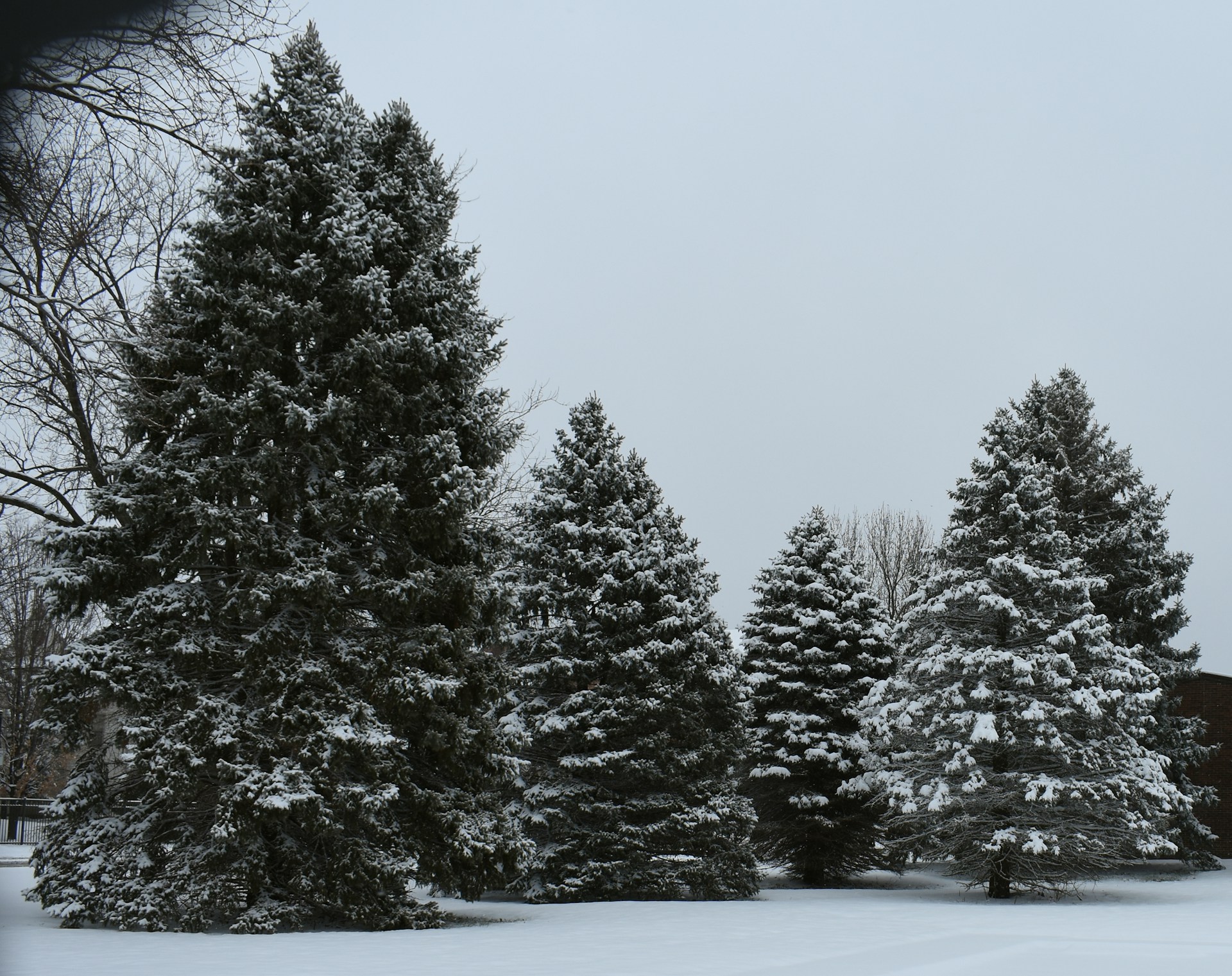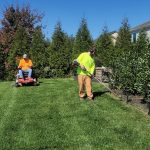As winter approaches, trees and shrubs need special care to withstand colder temperatures and harsh weather. Preparing them for winter helps protect their health and ensures they stay vibrant and strong for the coming spring. Taking the right steps now can prevent damage from snow, ice, and freezing winds, giving your landscape a head start when the season changes again.
Winter preparation involves assessing the current health of your trees and shrubs, addressing potential problems before they worsen in the cold. This process includes checking for signs of disease or damage and ensuring the plants are in good shape to endure the coming months.
Additionally, proper pruning and root protection techniques can have a big impact on how well your trees and shrubs survive winter. Making sure they are well-insulated and watered ensures they retain moisture and nutrients, keeping them healthy even during the coldest days. By investing time in these tasks, you enhance the resiliency and beauty of your landscape, making it ready for the challenges of winter.
Assessing Tree and Shrub Health Before Winter
Before winter sets in, it’s essential to evaluate the health of your trees and shrubs. Start by checking for visible signs of disease and damage. Look for discolored leaves, cracked branches, or any unusual changes in the bark. These signs might indicate underlying issues that could worsen in cold weather if left unaddressed.
Inspect the base of your trees and shrubs for stability. If you notice leaning or uprooting, it may be necessary to support or reposition the plant. Weak root systems need reinforcement to endure high winds and heavy snow.
Consider the age and type of plants in your landscape. Some trees and shrubs are naturally more resilient against cold weather than others. Knowing which plants are more vulnerable allows you to prioritize care for those requiring extra attention.
Make a list of any necessary treatments or adjustments to be made before winter. This may include applying fungicides or insecticides to combat diseases or pests identified during the assessment. Proper planning ensures that your trees and shrubs are equipped to handle winter conditions with minimal stress.
Proper Pruning Techniques for Winter Preparation
Pruning trees and shrubs correctly is a vital part of preparing them for winter. Prune during late fall when the trees are dormant. This timing helps avoid stimulating new growth that could be damaged by the cold.
Focus on removing dead or diseased branches first. Cutting away these parts boosts overall plant health by reducing the risk of disease spreading. Be sure to use sharp, clean tools to ensure smooth cuts that heal quickly and prevent further injury to your plants.
Avoid excessive pruning, as it can stress your plants. Trim only about a quarter of the shrub or tree at a time, focusing on crossing branches or those growing inward. This method encourages better air circulation and sunlight penetration.
Consider the natural shape of each tree or shrub when pruning. Maintain its form and structure to ensure strong, beautiful regrowth in the spring. Remember to sterilize your pruning tools between cuts to prevent the spread of disease.
Pruning might seem like a simple task, but doing it right greatly enhances the resilience of your trees and shrubs against winter weather. By taking these careful steps, you help secure your landscape’s health and beauty throughout the cold season.
Insulating and Protecting Roots from Cold
Roots are the lifeline of any plant, and keeping them warm during the cold months is crucial. Start by applying a thick layer of mulch around the base of your trees and shrubs. Mulch acts like a blanket, trapping warmth and helping to regulate soil temperature. Use materials like wood chips, straw, or leaves, and ensure the layer is about 3 to 4 inches thick.
Be careful not to pile mulch directly against the trunk of trees or the base of shrubs. Leave a small gap to prevent moisture buildup that could lead to rot. This practice promotes healthy air circulation and keeps fungal diseases at bay.
Consider using burlap or tree wraps for added protection, especially for more delicate species. Wrap around the trunk and secure it in place. These materials shield the bark from harsh winds and temperature fluctuations, reducing the chances of cracking or splitting.
Finally, protect young trees and shrubs with windbreaks if they are planted in open or windy areas. Simple structures like stakes with fabric can make a big difference in shielding your plants from cold winds.
Watering and Mulching Strategies for Winter Resilience
To prepare your plants for winter, it’s important to ensure they are well-hydrated. Water immediately after the first frost to help trees and shrubs retain moisture through the winter. Focus on watering deeply, so water reaches the roots where it’s needed most.
During dry spells or unseasonably warm periods, continue watering to prevent dehydration. Without adequate water, roots can dry out and hinder the plant’s ability to survive cold weather.
Mulching, as mentioned earlier, is more than just insulation. It locks in moisture, reducing the need for frequent watering and helping to maintain a balanced soil environment. Ensure the mulch layer remains intact and replenish it if necessary after heavy rains or winds.
For areas prone to heavy snowfall, be cautious. Shovel excess snow away from your plants to prevent damage from weight, but leave enough to act as natural insulation. These strategies make sure your plants have a better chance of thriving through tough winter conditions.
Conclusion
Winterizing your trees and shrubs is a vital task that prepares your landscape for the snowy season ahead. By assessing plant health, pruning correctly, insulating roots, and utilizing smart watering and mulching techniques, you can protect your green spaces. These efforts contribute to maintaining their beauty and vitality despite harsh winter conditions.
As you plan for the colder months, remember that your careful preparation not only protects your plants now but also sets them up for flourishing growth in spring. This attention to detail ensures a robust and healthy garden that you’ll enjoy for seasons to come.
For expert assistance and personalized care for your trees and shrubs this winter, trust Bright Green Landscapes Inc. Our landscapers in Elgin offer comprehensive landscaping services to ensure your garden withstands winter’s challenges. Contact us today to schedule a consultation and give your landscape the care it deserves for a thriving future.







